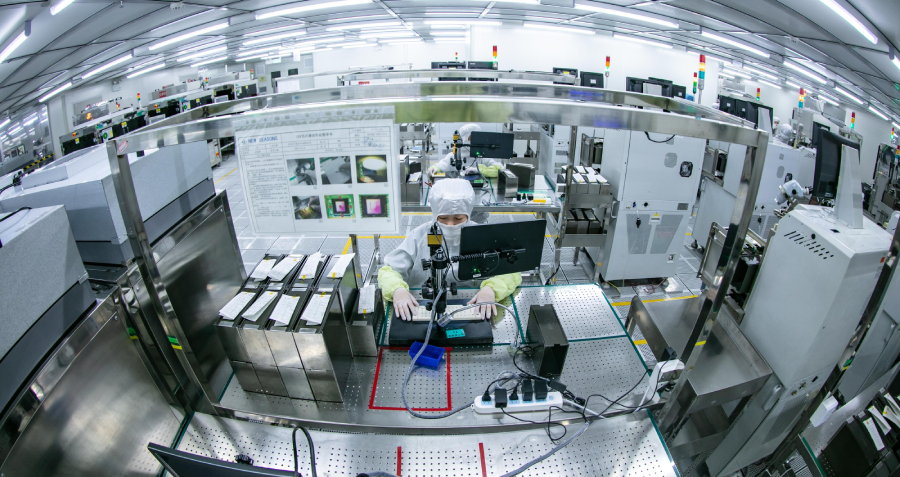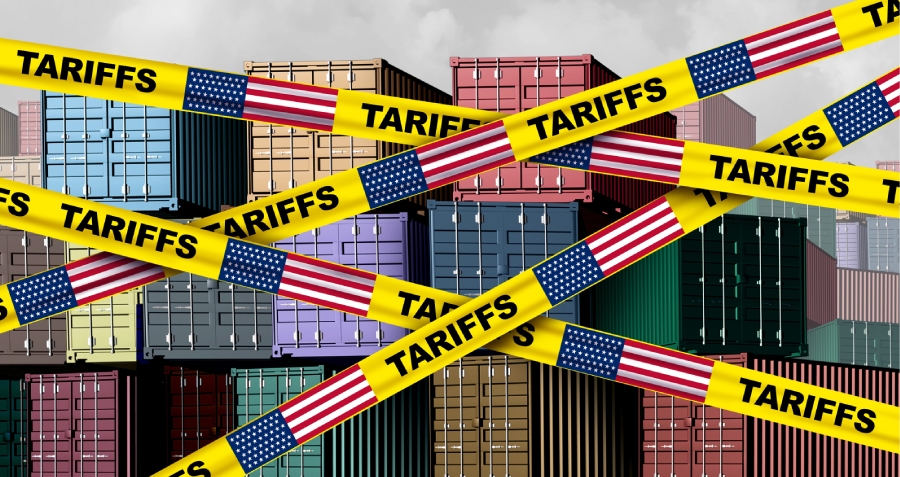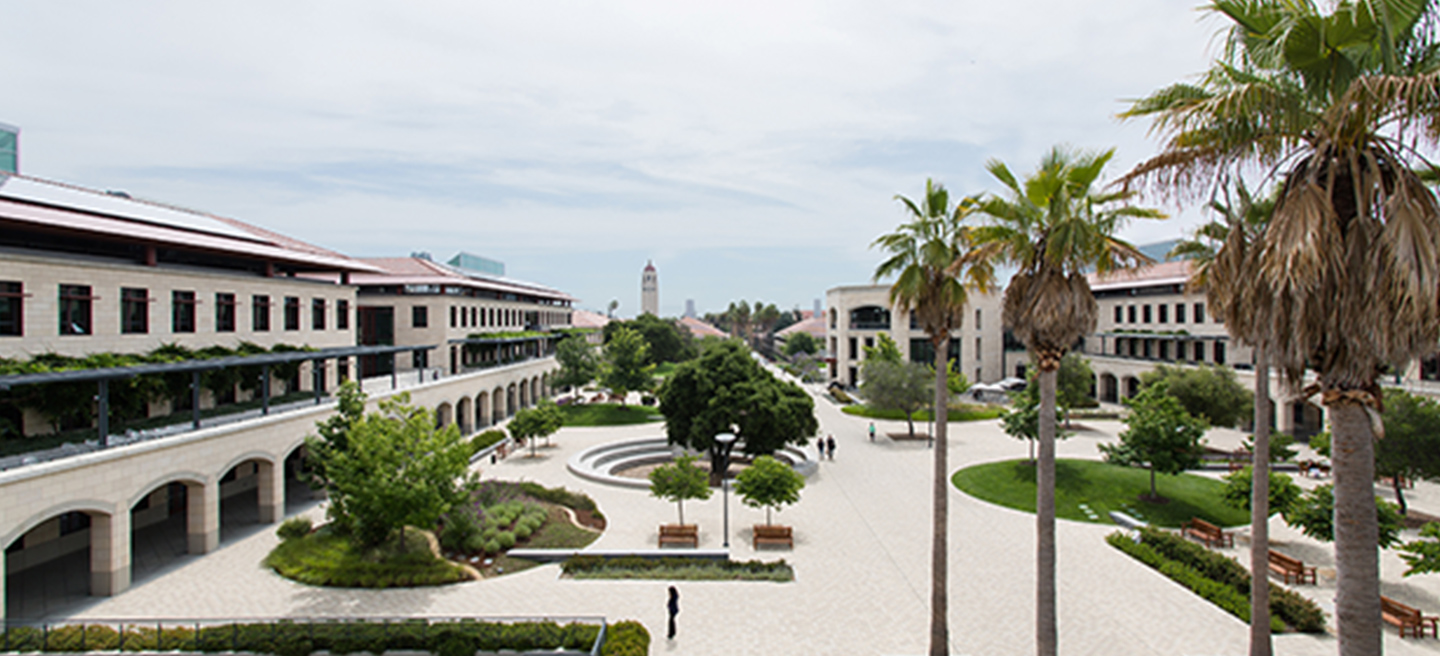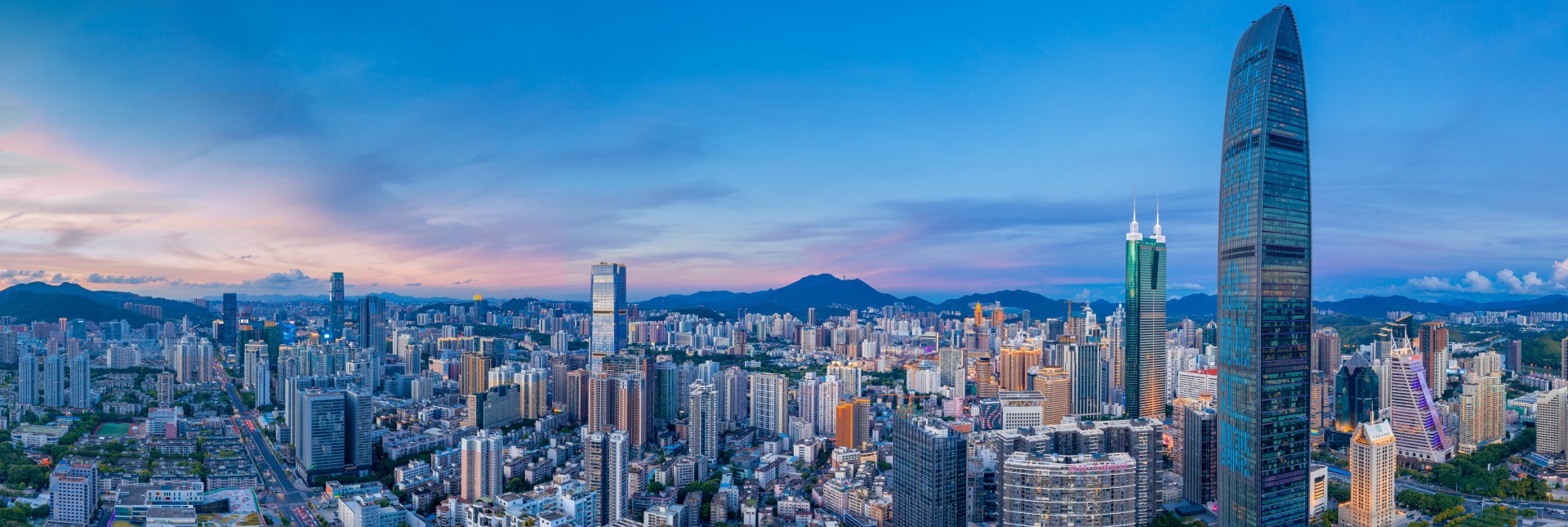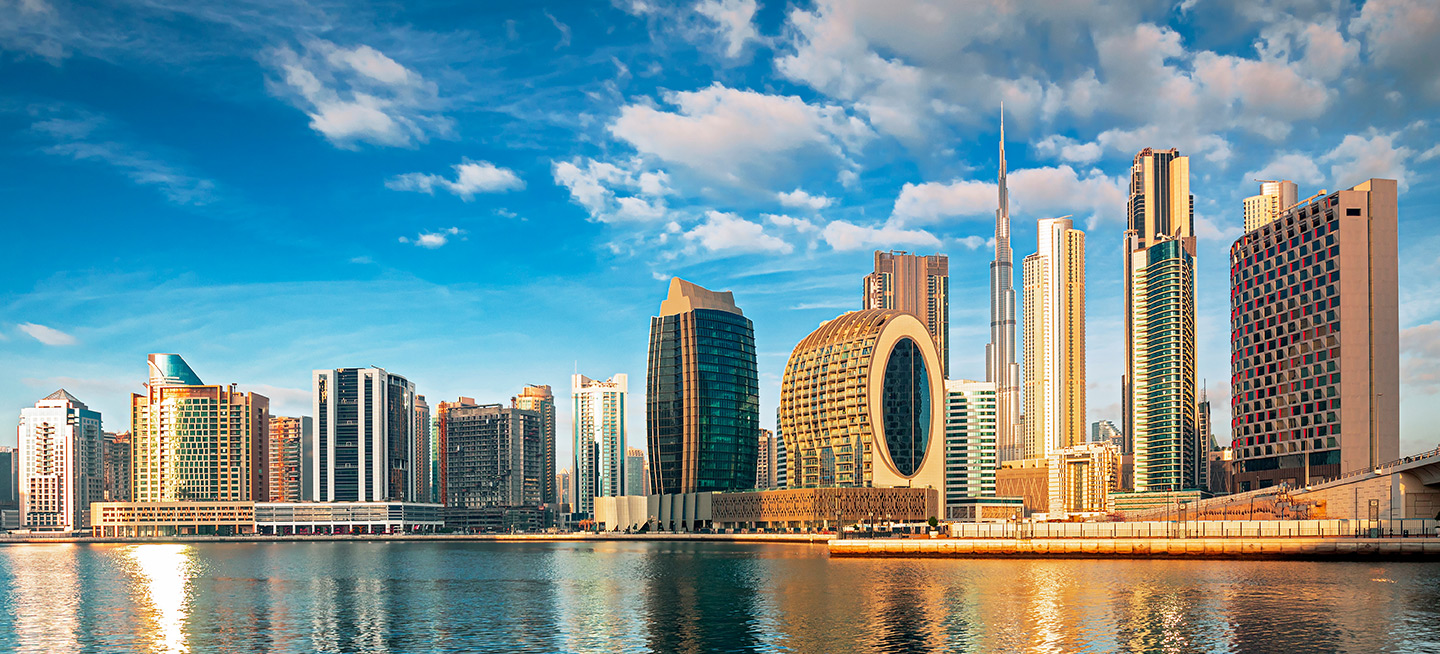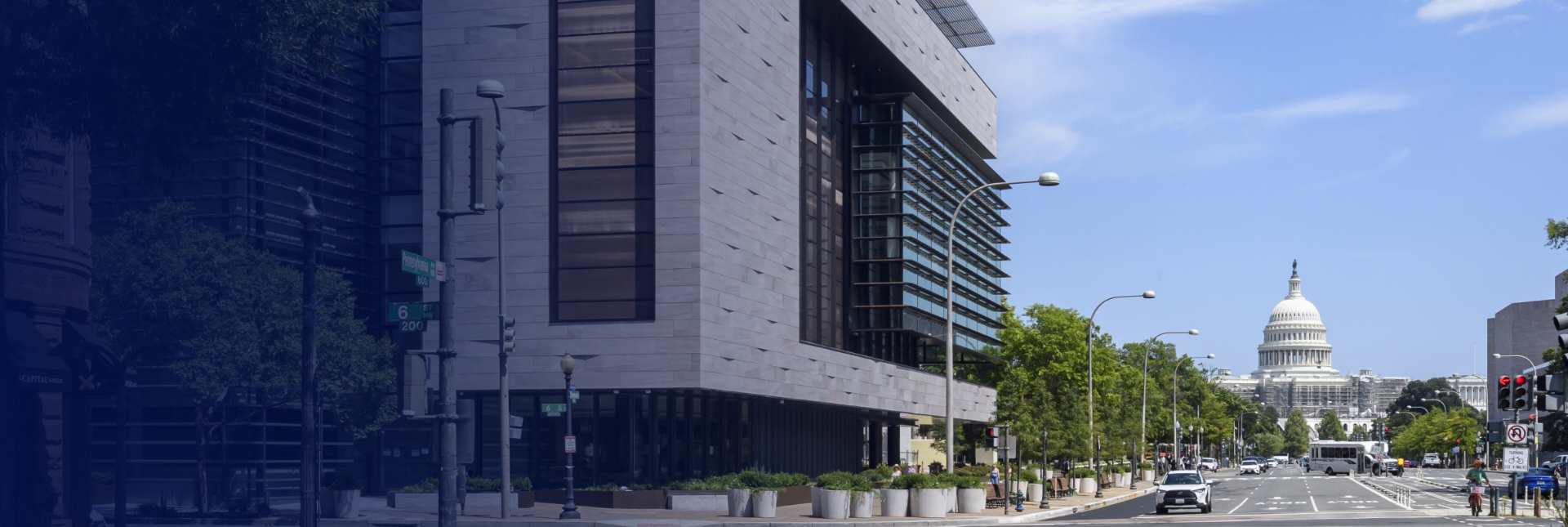The difficult journey of Chinese outbound M&A may yet lead to a Hollywood ending
Thirty years ago, there was such nationalist angst in the United States over Japanese buyouts of American companies that Hollywood saw room to even make a movie based on the theme. In Ron Howard’s 1986 comedy Gung Ho, the fictional Assan Motors Corporation swoops in to buy an idled auto plant in a desperate Pennsylvania company town. Despite the prospect of economic salvation, a culture clash ensues, pitting strict Japanese management against stubborn Midwestern workers, eventually threatening the futures of all involved. The film was a comedy and of course ended with cooperation prevailing and the plant being saved.
There is an obvious parallel with the situation today with the US agonizing over Chinese investments in a remarkably similar way to how it worried about Japanese takeovers in the 1980s. In 2013, the proposed $4.7 billion takeover of the American company Smithfield Foods, the world’s largest meat producer, by a privately-owned Chinese meat processing company called Shuanghui (now WH Group Ltd.) created substantial controversy. At the time, it was the largest-ever overseas acquisition by a Chinese buyer and the deal stirred fears in the United States about the security and safety of food supplies, possible job cuts and a shift of the company elsewhere.
But the worries, as it turned out, proved groundless, and Smithfield’s business today is booming, to the good of both the local economy in the US, as well as China. Since the acquisition, the new Chinese owner has recruited more than 1,000 new employees, and in 2015 raised capital investment by 24% to $313 million. Several years on, residents of the company’s hometown in Smithfield, Virginia, who were once alarmed by the deal, now say those fears were unfounded.
The total amount of Chinese outbound M&A in 2013 was $68 billion, a record high that at the time raised quite a few eyebrows around the world. But it is a number that has been eclipsed every year since, ballooning to $220 billion by 2016. And despite successes like the Smithfield acquisition, global anxiety over Chinese M&A has ballooned along with the dealflow.
In another odd parallel, following the release of Gung Ho and its warm-and-fuzzy message on M&A, real-life Japanese acquisitions in America continued to grow for some years, and of course so too did the anxiety.
Sony’s deal to buy Columbia Pictures in October 1989 for $4.6 billion prompted a huge backlash, including fears by some US lawmakers that Sony would use the company as a Japanese propaganda machine. Sony founder and chairman Akio Morita hastily organized a press conference at which he said, “This is not a Japanese invasion.” The years turn, and today Sony is a Hollywood fixture.
Then last year, Chinese property giant Dalian Wanda bid to buy the AMC movie theater chain and Legendary Entertainment, and 16 members of Congress wrote a letter in opposition. “Should the definition of national security be broadened to address concerns about propaganda and control of the media and ‘soft power’ institutions?” the letter said.
The height of both Japan’s acquisition mania and American opposition angst came not long after the Sony deal, when Mitsubishi bought the Rockefeller in November 1989—the outcry over what was seen as selling out American heritage to the Japanese was deafening. Then in 2015, after Chinese insurance company Anbang purchased the Waldorf Astoria, President Obama snubbed the hotel, traditionally the New York City residence for presidents—supposedly due to concerns that the hotel could be bugged by the Chinese, a challenge that the Japanese companies would not have encountered when they “invaded the America.”
There have also been deals that have raised concerns of a more strategic nature, with state-owned ChemChina’s purchase of the Swiss agrochemical giant Syngenta as an example. The monster $43 billion deal has been delayed by investigations from various regulators in Europe and the United States, mainly relating to monopoly and anti-trust concerns, but also food security worries.
But the most serious objections to Chinese M&A were raised in response to the proposed takeover of German chipmaker Aixtron by Fujian Grand Chip Investment Fund. Aixtron’s shareholders accepted the terms of the takeover, but Germany’s legislative body expressed concerns and the intention to place restrictions on sensitive acquisitions. The Obama administration eventually blocked the deal on national security grounds, pointing out that the semiconductors that Aixtron produces have military as well as commercial uses.
Around the time the Aixtron deal was drawing the attention of defense agencies, Chinese household appliance company Midea was bidding for the German advanced robotics company Kuka. A similar hubbub erupted, and while there were security concerns raised, the main complaints seemed to be related to the concept of a foreign company buying one of Germany’s ‘crown jewel’ assets, just like US concerns over the Rockefeller Center nearly 30 years ago. Ultimately the purchase of Kuka was approved and went through.
Looking into the future, several trends appear favorable in terms of Chinese outbound M&A achieving a balance with international expectations and requirements. The objective of many outbound transactions is to allow the purchasers to compete more effectively in the Chinese domestic market using acquired premium foreign resources. In other words, Chinese companies are figuring they can do better by leveraging global resources to serve the home market and combine both elements to emerge as great global business organizations. Fosun, the effective Chinese owner of ClubMed, Folli Follie, Cirque du Soleil and many other Western and Japanese household names, have purchased stakes in those companies to serve the growing demand of middle class Chinese customers. And their strategy has been, in their own words, “Capitalizing on China’s Growth Momentum by Leveraging Global Resources.”
Huawei is a role model for gradual global market expansion. Through cooperation and acquisition, it has developed new distribution channels in many countries and now has globally leading research centers around the world. With products and services that fully integrate global resources, about 60% of Huawei’s total revenue in 2015 already came from outside China.
Regarding the form of investment, to deal with stricter domestic regulations and policy uncertainty overseas, besides full acquisition, there are signs Chinese companies may give more attention to equity participation, helping to lower overall cost and project risk. Such an approach is also more likely to lead to mutual trust and a community of shared interests.
Moreover, as Chinese companies become more experienced and accommodating, it should lead to more win-win deals, proving that cross-regional M&A can be a value-enhancing strategy for both Chinese buyers and the stakeholders of foreign companies. Local hosts as well can be helped by boosts to the local economy, and to employment—this was precisely the story of Gung Ho, and a similar real-life version is playing out right now in Ohio with a company called Fuyao Glass, which has invested over $1 billion across several Midwestern states.
Fuyao’s Ohio plant will host 2,500 workers when fully operational, which is doubtlessly a huge positive, especially given that America’s rust belt is struggling more now than in 1986. But culture clashes between workers and management have followed, including over the formation of a union, which was a major plot point in the movie.
Now thirty years old, Gung Ho appears dated, not least because the idea of Americans getting the jitters over Japanese corporate activity now seems farfetched. But thirty years from now, it could well be the same for Chinese firms, hopefully for the better to all.









